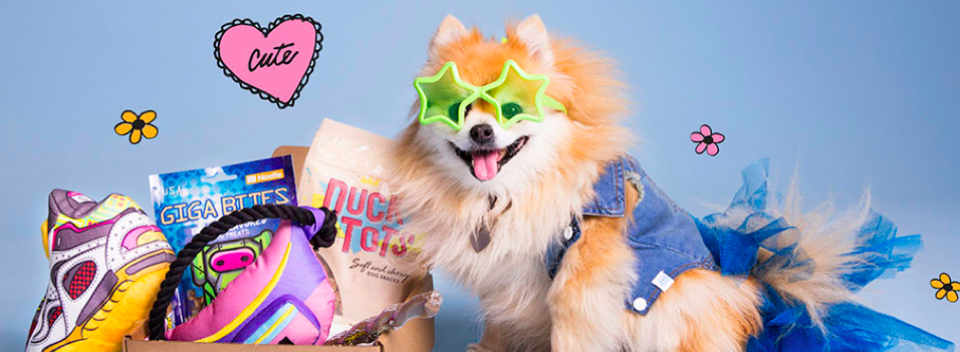Bark is a start-up aimed at the dog mad and their pet pooches. With the BarkBox, customers receive new treats and toys for their dog every month. But, they’re not just any old toys – Bark uses 3D printing to prototype its fun designs.
It would seem that if someone expresses any enthusiasm or need for a particular product, you can be sure there is a subscription box that offers it. And the BarkBox by start-up Bark is just such a box.
As a company, Bark consists of three things; a monthly subscription box, a retail seller and an e-commerce shop. It sells dog products, toys and treats. But, perhaps unique to its product cycle, is that Bark’s monthly original creations are designed and tested in-house using a 3D printer.
After each new dog toy is designed, an army of in-house pooches get to test it to destruction.
The company regularly uses 3D printing to ensure that what it’s designing on screen looks just as good in the real world. The technology enables for quick prototyping and iterations of new dog toys.

Creating Fun Dog Toys for Pups & Humans
To create the toys, the designers begin by asking how they want the toys to be played with. They also consider which shapes dogs and humans will enjoy most. That’s right, Bark designs for both master and animal.
As soon as the first CAD model is ready, it is sent to the in-house 3D printer. The team either use a flexible rubber or hard plastic, depending on the toy design.
Iterating new designs quickly is important for the Bark team, considering their monthly subscription boxes have a new theme every month. Through this 3D-printing enabled workflow, the company has been able to include such quirky delights like “Chewrassic Bark” and “the Good, the Bad and the Pugly”.
Not only do the team want to create a toy which the dog loves, they want to use their BarkBoxes to encourage human customers to engage in the story. In fact, Reddit is a place where human customers discuss their latest findings.
Source: Mashable

License: The text of "Start-up Bark Uses 3D Printing to Prototype Dog Toys" by All3DP is licensed under a Creative Commons Attribution 4.0 International License.